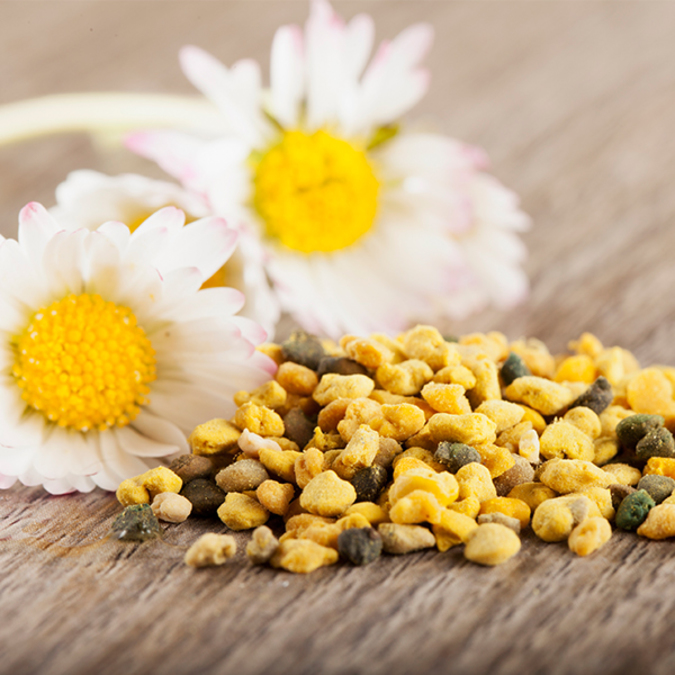Each year, spring blooms beautifully in Cincinnati.
Unfortunately, the trees, grass and flowers that bring beauty back to our city after a long winter also bring misery to the many people in our area who suffer from allergies.
The American College of Allergy, Asthma & Immunology estimates 40 to 50 million people in the United States deal with some form of allergy. When someone has an allergy, the body’s immune system overreacts to certain substances, such as dust, mold and pollen. These reactions often have symptoms such as a runny nose, watering eyes, itching and sneezing.
Cincinnati’s environment can be a breeding ground for environmental allergens. Hamilton County Environmental Services, which monitors daily levels of pollen and mold, identify a number of triggers in Southwest Ohio that can affect people with seasonal allergies:
· Pollen. The most popular sources of tree pollen in our area include oak, cedar, mulberry, maple, elm, poplar and box elder. These trees bloom starting in late March and last through early summer (mid-June).
· Grass. Grass pollinates from May through mid-July. Grass pollen allergies tend to be stronger than other types of pollen.
· Mold spores. Many of the mold spores found in Ohio do not originate here, but get carried by winds from warm, moist regions of the country. These spores then remain dormant on the ground throughout the winter until temperatures start to rise. The warm temperatures and moisture make an ideal environment for the mold to spread and release its spores into the air. Summer is mold’s peak season for causing allergy symptoms.
· Ragweed. This is the plant that causes the most problems for people with allergies. Ragweed, which can be found all over the Midwest (especially along riverbeds), produces billions of pollen grains that the wind carries across long distances and creates even more plants. With the Ohio River running right through Cincinnati, ragweed has an ideal place to release pollen and grow. Peak ragweed season happens between August and October.
Allergies are more than just a nuisance
Allergies may sound like a mere inconvenience, however the symptoms can impact a person’s daily life and our nation’s health care system. WebMD estimates a $7.9 billion annual cost to the nation’s health care system due to allergies. Each year, allergies cause companies to lose nearly 4 million workdays. This impact comes from not just the allergy symptoms, but also their side effects, including lack of sleep, impaired hand-eye coordination, and problems with short-term memory.
How to reduce allergy symptoms
minating environmental triggers entirely may not be an option, but those who deal with allergies have ways to reduce symptoms and enjoy daily life more comfortably.
· Stay indoors when pollen counts are high. The worst times of day for allergies tend to be midmorning and early evening. People in the Cincinnati area can consult the Hamilton County Environmental Service’s daily monitor of pollens and molds, which provides specific levels and air quality warnings (when applicable) every day.
· Keep windows closed and avoid using fans. Both of these activities bring pollens and molds into the house, aggravating allergic reactions indoors.
· Use an air conditioner. Using an air conditioner does not bring in as many allergens from the outside and can provide comfort during Cincinnati’s hottest summer days.
· Don’t hang clothes outside to dry. Those pollens and molds will love to cling to clothing and sheets. Stick to using the dryer for laundry.
· Take antihistamines. Many over-the-counter pills and nasal sprays can be used to treat most allergy symptoms. These medications block the effects of the chemical released in our bodies during an allergic reaction (known as a histamine).
· Get a doctor’s help. If over-the-counter medications do not work, then make an appointment to see a medical professional to evaluate your condition and possibly provide a prescription medication to help reduce allergy symptoms.
Living in Cincinnati doesn’t mean those with allergies are doomed to be prisoners in their own home. A little awareness of outdoor conditions and a few proactive steps can help allergy patients get outside and experience all our city has to offer – no matter what the season.


